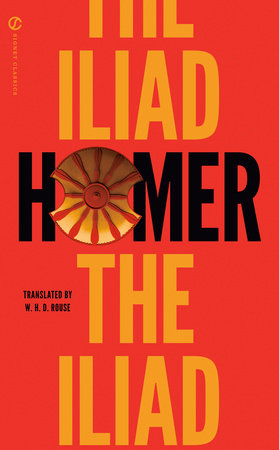At the beginning of November I was in Mexico City for a short holiday-cum-research trip. One of my research projects is to translate some of Xavier Villaurrutia’s theater pieces. Another research project, should I live long enough, is to write a critical biography of Abraham Ángel, since no one has every written such a thing about him—an artist who hardly anyone has ever heard of. I searched at a couple of bookstores, never finding anything on Ángel, but I did purchase Villaurrutia’s Obras, in which the poet had a brief piece on the painter. Here is my translation.
Why doesn’t our climate support any attempt at genius? A sustained attempt at genius, more than for an intellectual culture, brilliant insights, for sure—perhaps unaware—an exercise of the senses; the attempt at genius that was Abraham Ángel. Ironically, fate, like a scowling, disgruntled rival, suddenly cut short a dynamic and fertile existence, capable of how many realities?
In Abraham Ángel the postulates of this new harmonious philosophy that awaits in Mexico to discover an exponent who expands and dispenses “the philosophy of the man who works and plays” were fulfilled. Barely, in his case. I should say, instead of the man, of the adolescent who works and plays. It’s not unmoving buddhic introspection that leads to the dispersal and the fainting, nor the rigid posture of Rodin’s thinker; better the grace of the pensive one who is always at the point of getting up, or at least changing position; better still, human dynamism: man is motion; motion, thought.
Abraham Ángel demonstrated, without aiming to, without knowing, the vital truth of d’Ors’ theory.* His pictorial work, confined to a few years, was developed during hours fully lived. Teleological repetition—with its distance in time, geography, and values—from the attitude of the hallucinatory Rimbaud who produced his work like one carrying out the unconscious task of breathing, loving, or playing. As in Verlaine’s friend, Abraham Ángel had a kind of disdain for what he so easily, so naturally, did.
The mere quick glance at his canvasses reveals our painting’s priceless qualities. Sustained contemplation exposes the vastness of the gifts of expression he had attained. A sureness of form, a markedly pronounced magnitude, harmonious ordering, brave on the enormous canvasses—a legitimate reaction against the portable copy. And a daring conception in the background of his portraits, of his groups.
Above all, the coloring: the sensuality of succulent fruits’ adolescent friend. Colors never seen on a canvas. Seen only in the parched pomegranate and the bountiful watermelon.
The son of his time and of his environment, his figures are Mexican, spiritually and formally. What’s more, they are chronologically well situated.
From the primitives he had the thoroughness that leads to considering each section of the canvas as a small picture, self-contained and complete. It directly accommodated the vision, for everything to represent it intact, even in the minor details.
He fulfilled, at the same time, his duty as a modern artist.
* In 1931 Catalonian philosopher and art critic Eugeni d’Ors (1881-1954) first proposed his theory that there have been multiple baroque periods throughout history. English translations of his work are difficult to find, though useful excerpts can be found in Chapter Four of Baroque New Worlds: Representation, Transculturation, Counterconquest (Duke UP 2010).

